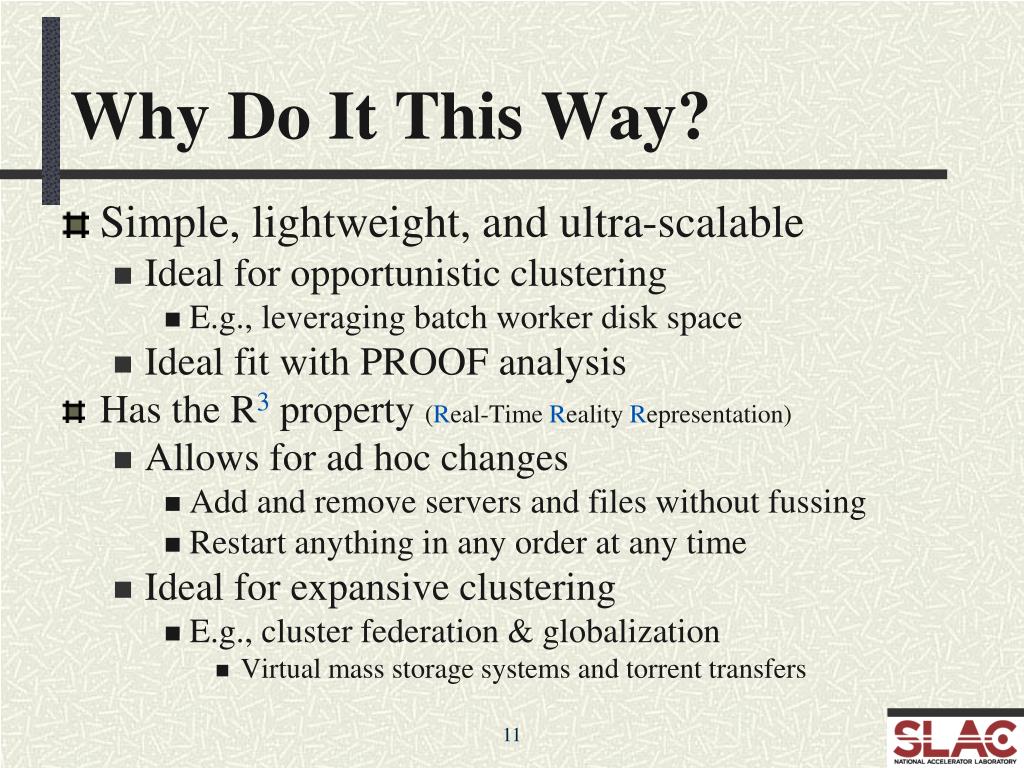

STANFORD FILELIB FULL
By staying close to the machine, C++ gives you all the freedom you need to build applications that take advantage of the full power of modern computing. I’ve always believed that programming is one of the most challenging and exciting intellectual activities that humans have ever discovered. Finally, I want to thank the students in CS106 B in winter quarter 2011-12 who put up with a partially finished reader and contributed many error reports and suggestions.

I also need to express my thanks to several generations of section leaders and so many students over the years, all of whom have helped make it so exciting to teach this wonderful material. My colleagues Keith Schwarz, Jerry Cain, Stephen Cooper, and Mehran Sahami have all made important contributions to the revision. I want to thank my colleagues at Stanford over the last several years, starting with Julie Zelenski for her extensive work on the initial C++ revision. As always, that process takes a considerable amount of time, and there are almost certainly some sections of the book that need a substantial rewrite. In 2009, I embarked on a comprehensive process of rewriting the book so that students in these courses can use it as both a tutorial and a reference. Although the revised text worked fairly well at the outset, CS106 B and CS106 X have evolved in recent years so that their structure no longer tracks the organization of the book. In 2002-03, Julie Zelenski updated it for use with the C++ programming language, which we began using in CS106 B and CS106 X during that year. Just as Bjarne Stroustrup’s first version of C++ was implemented on top of a C language base, this reader began its life as my textbook Programming Abstractions in C (Addison-Wesley, 1998). This textbook has had an interesting evolutionary history that in some ways mirrors the genesis of the C++ language itself. In particular, these chapters have not yet had the benefit of the wonderful copyediting service that my wife Lauren Rusk has provided for all my books. Even though this quarter’s draft is reasonably complete, the text remains somewhat rough. The primary goal of the revision was to bring the approach more closely in line with the way C++ is used in industry, which will in turn make it easier to export Stanford’s approach to teaching data structures to a larger fraction of schools.

Roberts Stanford University Spring Quarter 2012įoreword This text represents a major revision of the course reader that we’ve been using at Stanford for the last several years.


 0 kommentar(er)
0 kommentar(er)
